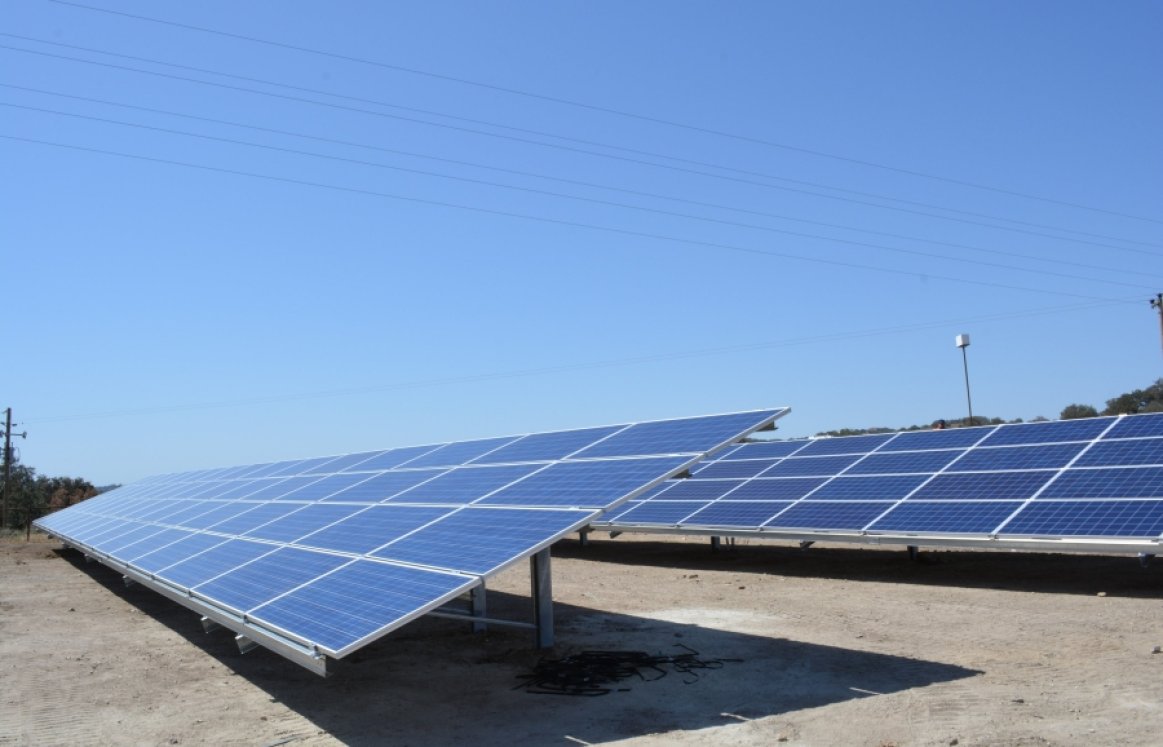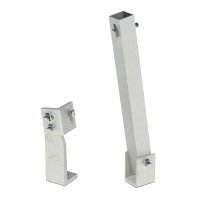
The following is a general breakdown of the ideal tilts to meet the energy demand you are hoping to get out of an array:
Year-round loads: Tilt angle equals latitude
Winter loads: Tilt angle equals latitude plus 15 degrees
Summer loads: Tilt angle equals latitude minus 15 degrees
Time of Use Utility Rates: Some utilities charge different rates for energy usage during different seasons (i.e., summer and winter) and at different times throughout the day. Please refer to the chart below for an example of different TOU summer rates with the utility PG&E:

Photo credit: pge.com
Notice that the cost per kWh is lowest in the late evening through early morning from 9:30 pm to 8:30 am. This is when energy demands on the utility grid are generally at their lowest (i.e. summer temperatures are lowest during these times leading to lower air conditioner loads or when most people are asleep or relatively inactive).
From 8:30 am to noon and then from 6 pm to 9:30 pm, the rates are higher than from 9:30 pm to 8:30 am. The temperatures are higher during this time and people are more actively using electrical applications.
The rates are highest from noon to 6 pm. This is when the summer temperature is at it highest and there is the largest draw of energy from the grid due to an increased use of air conditioners and other electrical applications.
The utility grid is a finite resource and during periods of peak demand such as summer afternoons, a given utility may have difficulty meeting all the energy demand which could potentially lead to blackouts or brownouts.
In response to this, a utility may implement a time-of-use schedule such as the one above. Such a structure will encourage ratepayers to use less energy during peak times to avoid paying the highest utility rates. For example, to save money a utility customer could decrease air conditioner usage and/or run appliances with high energy demands (such as clothes washers/dryers) during the early mornings or late evenings rather than the afternoons.
Matching Solar Tilt to a Given Application
Let’s refer back to the following:
Year-round loads: Tilt angle equals latitude
Winter loads: Tilt angle equals latitude plus 15 degrees
Summer loads: Tilt angle equals latitude minus 15 degrees
For more on the azimuth angle and energy output, see here!
The effects of Azimuth Angle on Energy Output
In what applications would we size for year-round, winter, and summer loads?
Year-round: This will maximize the average production across a full year. Grid-tied applications that do not operate under a TOU utility structure are best served by this. As such, the ideal tilt for a non-TOU grid-tied application is equal to latitude.
Summer: Grid-tied applications operating under TOU utility rate structures are best served by optimizing the summer tilt (latitude minus 15 degrees). However, for aesthetic concerns and labor/materials savings, most residential applications are flush mounted. In these cases, the pitch of the roof determines the tilt, regardless of any other factors:

Winter: In off-grid applications, we size the system for when there is the least amount of solar insolation available. This is to ensure that there is adequate power available during the period of a year when there is the least amount generated. As such, the design month for off-grid applications is generally January or February, making the ideal tilt equal to latitude plus 15 degrees. If we used a summer or year-round tilt, the array would not produce enough power during the winter months.
For more information on this, please read the tech article Calculation of Array Tilt Angle based on Time Of Use (TOU)
Note: the article incorrectly assumes that tilt legs are located at the extreme ends of the panel when in reality they are located further in from the ends, where the mounting clamps are.
